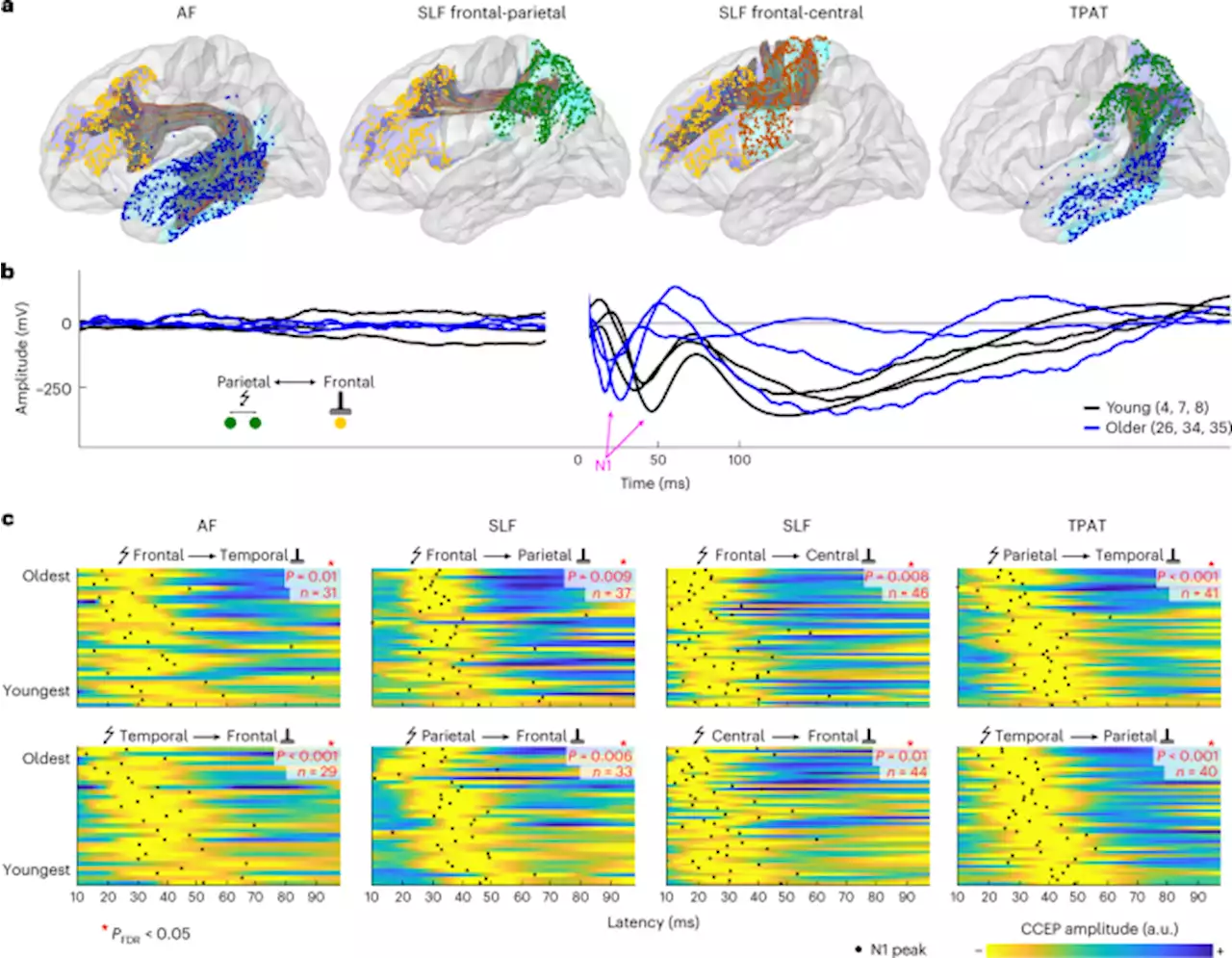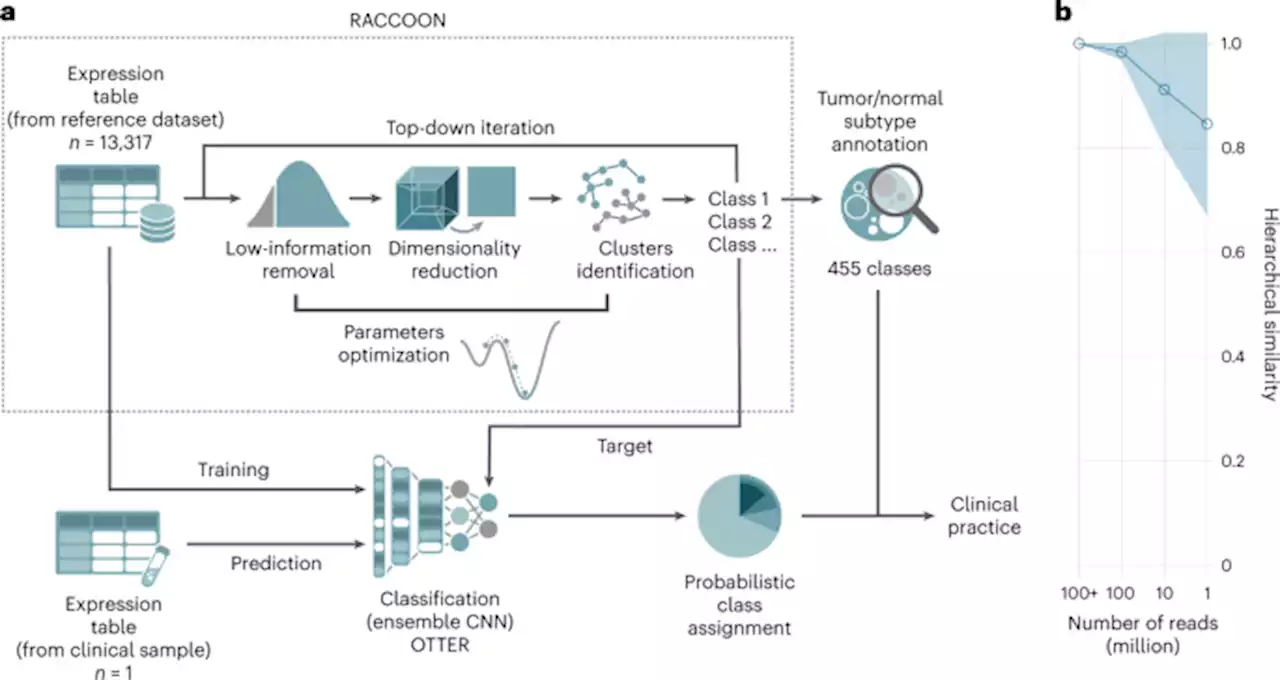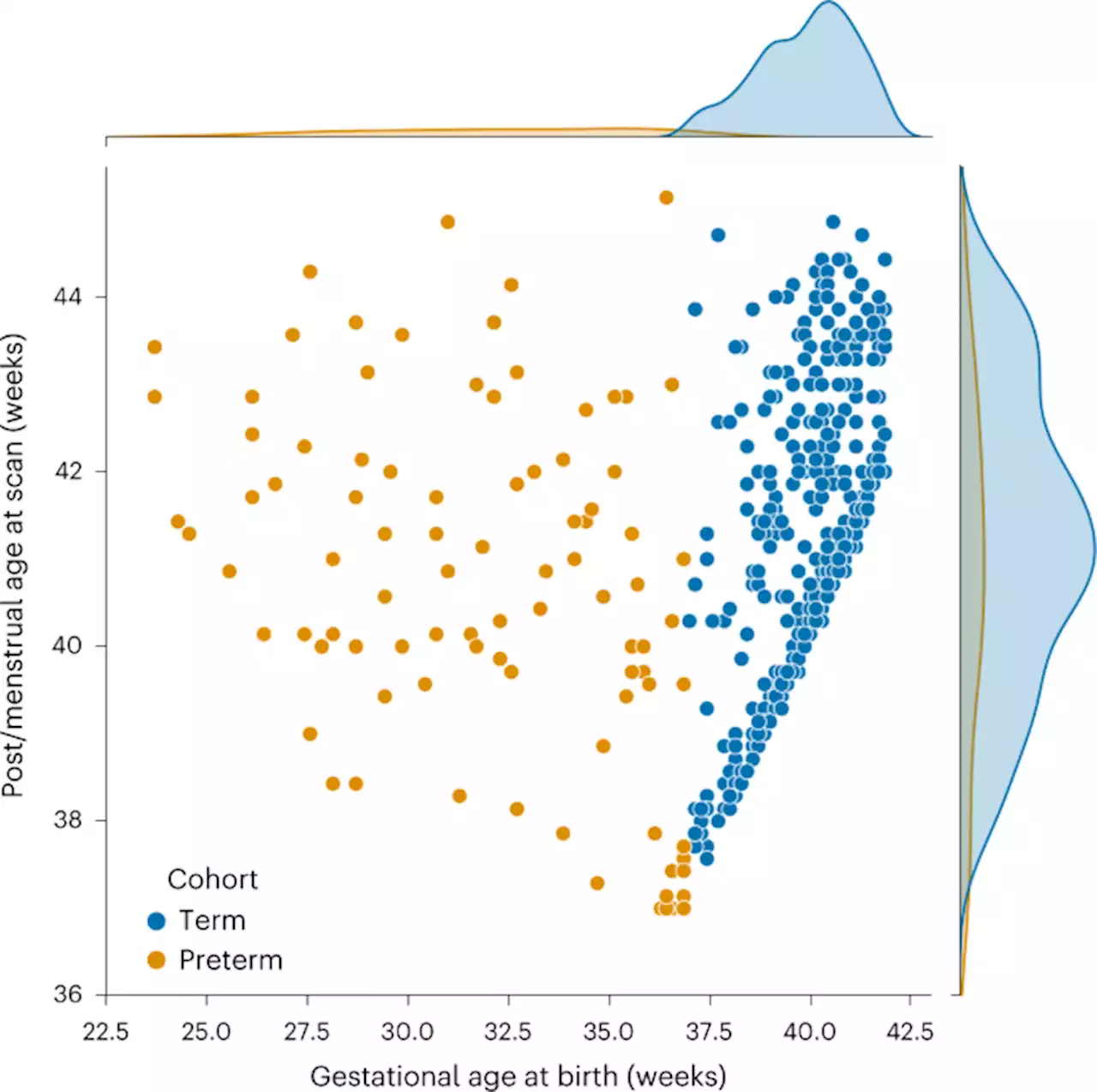Perivascular cells could induce microglial malfunction associated with Alzheimer's disease NatureNeuro
Microglia isolation for flow cytometry and FACS sort
PBS-perfused brains were quickly isolated from the skull and the hippocampus was dissected on ice using chilled instruments. For scRNA sequencing, brains were perfused with inhibitor cocktail including Actinomycin D and triptolide . Next, single-cell suspension was prepared using the Adult Brain Dissociation kit from Miltenyi Biotec , according manufacturer’s instructions and ref.
. Afterwards, cell suspension was filtered through a 70 μM cell strainer before mixing with debris removal solution. Cells were centrifuged , washed with ice-cold FACS buffer and incubated for 30 min at 4 °C with FACS buffer containing Fc block and primary antibody mix. Flow cytometry data were analyzed using FACSDiva software 4.0 and FlowJo 10 software .Spp1mice were decapitated, the brain was dissected from the skull and meninges were removed in ice-cold HBSS with 5% FBS.
Single-cell libraries were prepared using 10X Genomics Chromium Next GEM Single Cell 3′ kit v3.1, according to the manufacturer’s instructions. Cells were loaded on the chromium chip according to Supplementary Table; because sorted PVMs and fibroblasts were in low abundance, we loaded the whole sample, while for microglia cells we aimed for 5,000 cells per sample.
Österreich Neuesten Nachrichten, Österreich Schlagzeilen
Similar News:Sie können auch ähnliche Nachrichten wie diese lesen, die wir aus anderen Nachrichtenquellen gesammelt haben.
 Nature reserve where you can hear rare 'booming' sound across the shallowsWalkers say they hear the baffling sound echoing across the marshes
Nature reserve where you can hear rare 'booming' sound across the shallowsWalkers say they hear the baffling sound echoing across the marshes
Weiterlesen »
 Developmental trajectory of transmission speed in the human brain - Nature NeuroscienceThis study mapped the developmental trajectory of transmission speed in the human brain by using electrical pulses and intracranial recordings. The authors found that these pulses travel with increasing speeds up to at least the age of 30.
Developmental trajectory of transmission speed in the human brain - Nature NeuroscienceThis study mapped the developmental trajectory of transmission speed in the human brain by using electrical pulses and intracranial recordings. The authors found that these pulses travel with increasing speeds up to at least the age of 30.
Weiterlesen »
 Diagnostic classification of childhood cancer using multiscale transcriptomics - Nature MedicineA new multilevel clustering approach applied retrospectively to 13,000 transcriptomes of different tumors reveals a new diagnostic classification of childhood cancers, in some cases allowing a better prediction of disease outcomes.
Diagnostic classification of childhood cancer using multiscale transcriptomics - Nature MedicineA new multilevel clustering approach applied retrospectively to 13,000 transcriptomes of different tumors reveals a new diagnostic classification of childhood cancers, in some cases allowing a better prediction of disease outcomes.
Weiterlesen »
 Structural and functional asymmetry of the neonatal cerebral cortex - Nature Human BehaviourWilliams et al. show that structural and functional brain asymmetry is already seen in the newborn brain, but that adult patterns of brain asymmetry are not fully developed.
Structural and functional asymmetry of the neonatal cerebral cortex - Nature Human BehaviourWilliams et al. show that structural and functional brain asymmetry is already seen in the newborn brain, but that adult patterns of brain asymmetry are not fully developed.
Weiterlesen »
 VGLL3 is a mechanosensitive protein that promotes cardiac fibrosis through liquid–liquid phase separation - Nature CommunicationsHeart fibrosis involves a feedback loop where stiffening increases fibrosis-related gene expression in myofibroblasts. Here authors reveal the mechanosensitive nuclear translocation of VGLL3, where it phase separates and promotes collagen production, and show that its knock-out is protective after myocardial infarction.
VGLL3 is a mechanosensitive protein that promotes cardiac fibrosis through liquid–liquid phase separation - Nature CommunicationsHeart fibrosis involves a feedback loop where stiffening increases fibrosis-related gene expression in myofibroblasts. Here authors reveal the mechanosensitive nuclear translocation of VGLL3, where it phase separates and promotes collagen production, and show that its knock-out is protective after myocardial infarction.
Weiterlesen »
 CFTR function, pathology and pharmacology at single-molecule resolution - NatureA structure–function analysis of cystic fibrosis transmembrane conductance regulator shows its two nucleotide-binding domains dimerize before channel opening, and reveals a mechanism through which conformational changes in the channel regulate chloride conductance.
CFTR function, pathology and pharmacology at single-molecule resolution - NatureA structure–function analysis of cystic fibrosis transmembrane conductance regulator shows its two nucleotide-binding domains dimerize before channel opening, and reveals a mechanism through which conformational changes in the channel regulate chloride conductance.
Weiterlesen »
